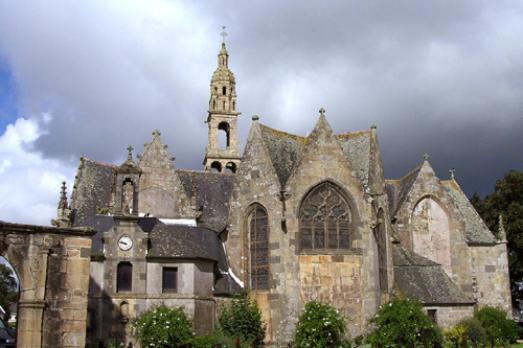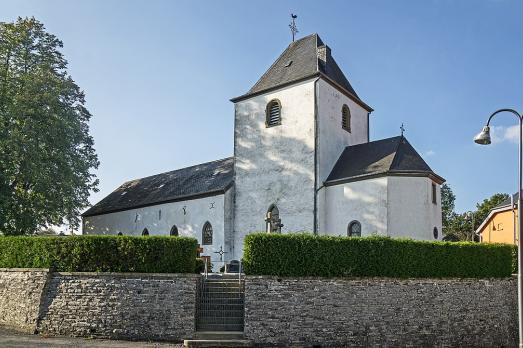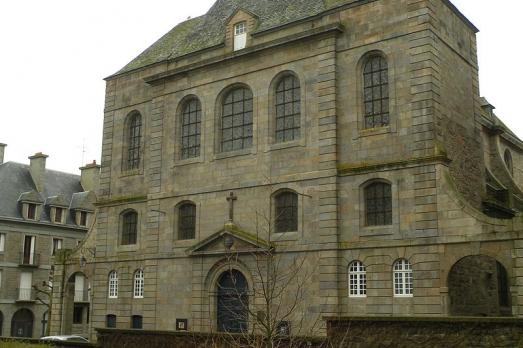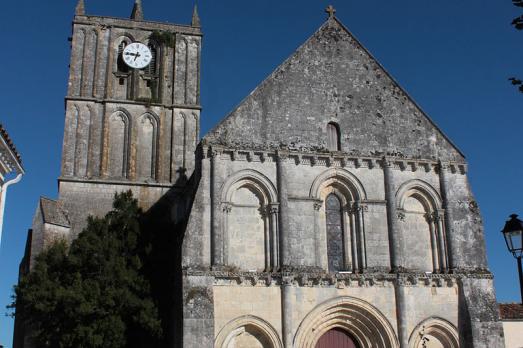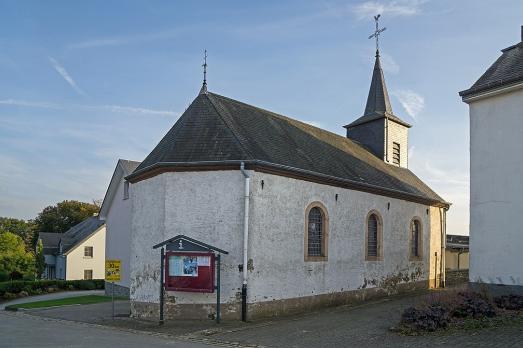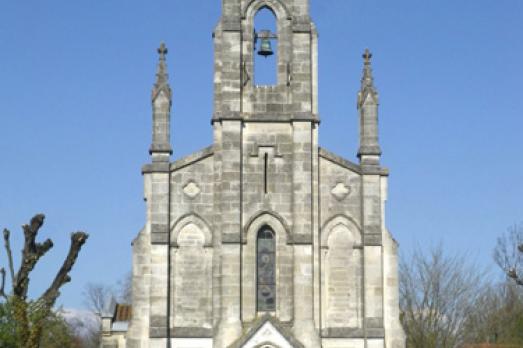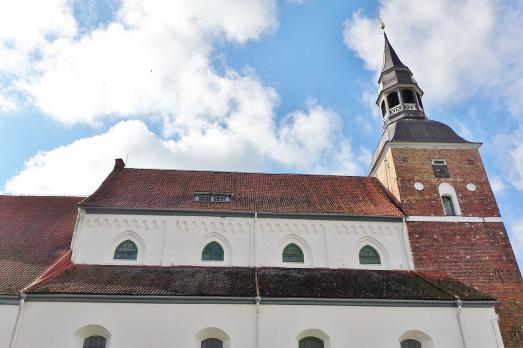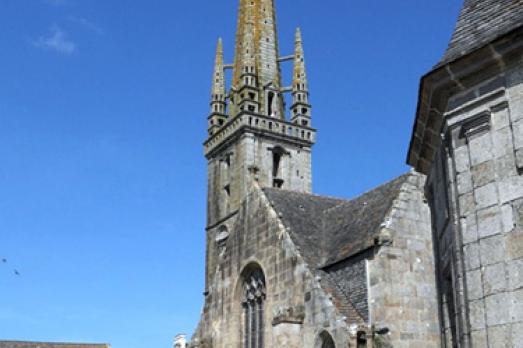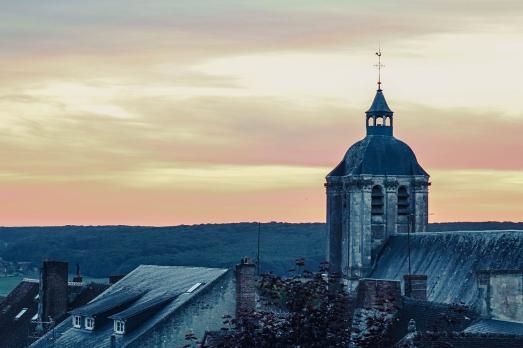
Church of Saint-Sauveur
Bellême, FR
Classical style church rebuilt in 1648 on the foundations of a first Romanesque building of the 11th century built by the first lords of Bellême. The interior of the church was entirely restored and richly decorated during the 19th century. The nave, flanked by eight richly decorated chapels, is covered with an impressive wooden frame made of the hull of an inverted ship. Its clock is off-centre.
